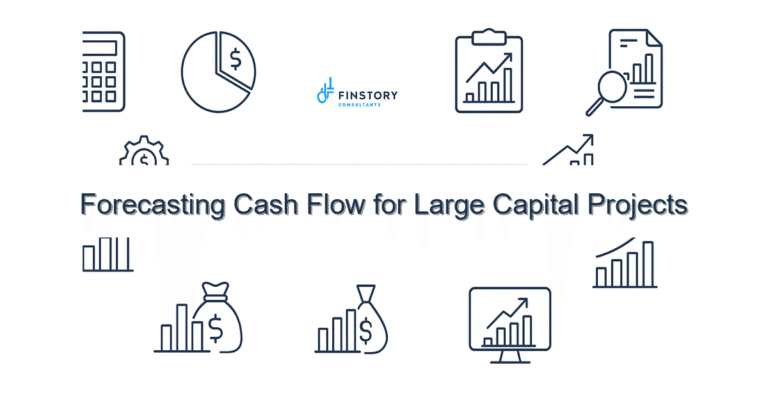Understanding Contribution Margin and Why It Matters
Picture this: two products, both bringing in the same revenue. One is a star that fuels your growth; the other quietly drains your business. How can you tell which is which?
Contribution margin is the flashlight that reveals the truth. It’s one of the most powerful—yet often overlooked—metrics business owners can use to make smarter decisions about pricing, products, and profits.
Let’s break down what it is, how to calculate it, and why you should absolutely keep it on your radar.
What Is Contribution Margin, in Plain English?
Simply put, contribution margin tells you how much money is left from each sale to “contribute” toward covering your fixed costs—and eventually, profit.
Here’s the formula:
Contribution Margin = Sales Revenue – Variable Costs
Or, as a percentage:
Contribution Margin % = (Contribution Margin ÷ Sales Revenue) × 100
Variable costs are the expenses that rise and fall directly with your sales—like raw materials, packaging, shipping, or sales commissions.
The higher your contribution margin, the more each sale helps cover overhead and drive profit.
Real-World Example: The Cupcake Dilemma
Let’s say Mia owns a bakery selling cupcakes and cookies:
- Cupcakes: Sell for $5 each. Variable costs (ingredients, liners, box) = $2. Contribution margin = $3, or 60%.
- Cookies: Sell for $3 each. Variable costs = $2. Contribution margin = $1, or 33%.
Mia always thought cookies were her best seller because they fly off the shelves. But when we crunched the numbers, we saw cupcakes contribute far more profit per sale.
So she shifted marketing efforts toward cupcakes, raising her overall profits without increasing costs.
Why Contribution Margin Matters
1. Pricing Decisions
Knowing contribution margin helps you price strategically.
I once worked with a client in the custom furniture business. They offered frequent discounts to close deals but never realized that each discount was wiping out most of their contribution margin. Once we calculated it, they raised prices slightly and became more selective about discounts—protecting their profits without losing customers.
2. Product Mix Choices
Contribution margin shows you which products are truly profitable—and which might be wasting your time.
- Should you focus marketing on Product A or B?
- Which services deserve more sales resources?
Without contribution margin, you might accidentally push low-margin products that bring in revenue but little actual profit.
3. Break-Even Analysis
Contribution margin is crucial for calculating your break-even point—that magic place where sales cover all your costs.
Break-Even Point = Fixed Costs ÷ Contribution Margin per Unit
If your contribution margin drops, your break-even point rises. Meaning you’ll need more sales just to stay afloat.
Hypothetical Scenario: The Tech Startup
Imagine a SaaS startup offering two subscription tiers:
- Basic Plan: $50/month, variable costs $10 → Contribution margin = $40 (80%)
- Premium Plan: $100/month, variable costs $45 → Contribution margin = $55 (55%)
At first glance, Premium looks better because of the higher revenue. But the lower margin and extra support required made it less profitable overall. The startup decided to focus on growing Basic Plan subscriptions, boosting cash flow and simplifying operations.
How a Virtual CFO Helps
A Virtual CFO doesn’t just calculate contribution margins—they help you interpret what they mean and act on the insights:
✅ Identify your highest-margin products or services
✅ Test new pricing models without risking profitability
✅ Pinpoint which costs need trimming to improve margins
Instead of staring at numbers, you’ll have clear guidance to grow profitably and sustainably.
Your Next Step
When was the last time you checked the contribution margin of your top products or services?
Pick one product this week and run the numbers. You might discover surprising truths hiding beneath the revenue. And if all those formulas make your eyes glaze over, consider bringing in a Virtual CFO. Sometimes, the right partner can turn confusing math into clear strategy—and bigger profits.
Don’t just chase sales. Make sure each sale is contributing to your success.






